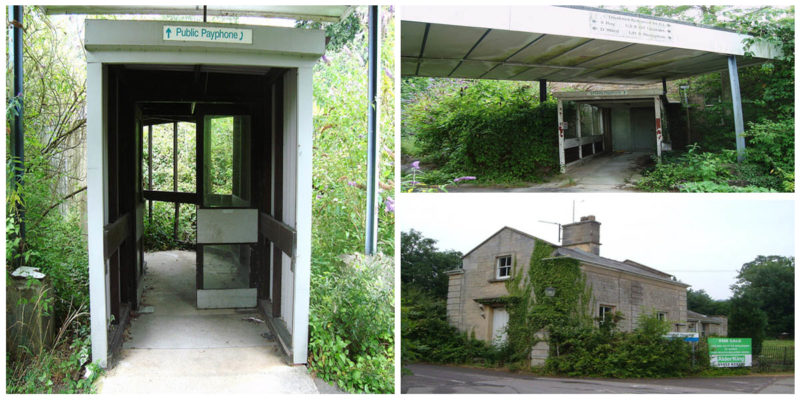Once a park and country house, but through the years it received another purpose. It was turned into a specialist orthopedics, rheumatology, and respiratory care National Health Service (NHS) hospital. Located in the hamlet of Standish, Gloucestershire, England and closed since 2004, this place has some fair amount of history to share.
Below Standish Wood there lies Standish Park. A place that draws its roots from the time of Galileo Galilei, Paracelsus, John Calvin, Vasco de Gama, William Shakespeare, Niccolò Machiavelli, Erasmus of Rotterdam – namely the 16th century.
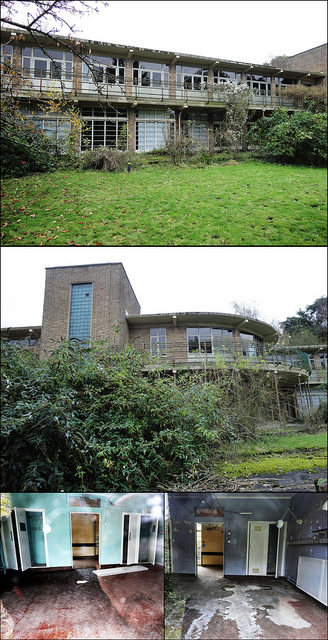
Standish Park was originally part of Standish Court, within the estate of the Baron’s Sherborne of Gloucestershire. The park was developed as a retreat for the family to enjoy the countryside. It covered around 250 acres and included Standish House that was constructed on the property.
Then in 1853, the house was leased to Gloucester-based businessman Richard Potter by James Dutton, 3rd Baron Sherborne, who at that time worked as the director of timber merchants Price & Co., and later as the Managing Director of the Great Western Railway.
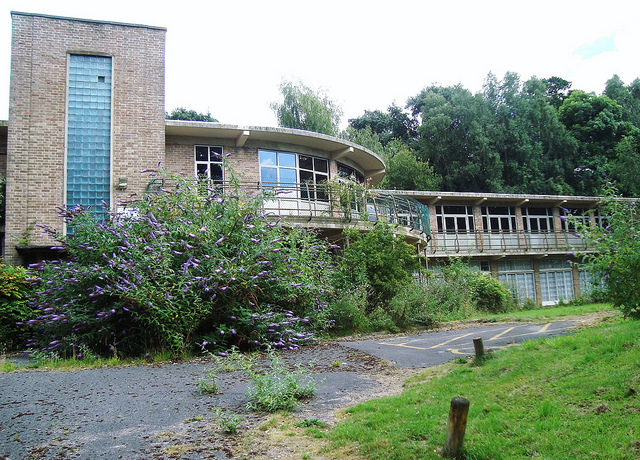
Here he lived with his wife Lawrencina who was the daughter of a Liverpool-based merchant and their nine children all of whom were girls. Three of his children were born on the property among who the most notable of them all was the sociologist, economist, socialist and social reformer Martha Beatrice Webb, Lady Passfield.
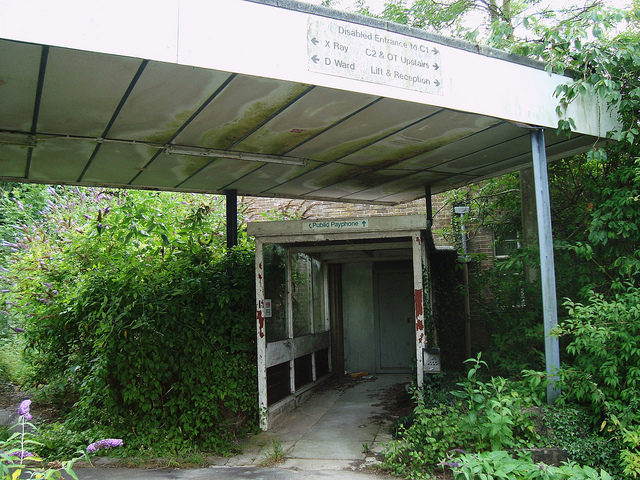
Potter had a peculiar interest in gardening and so he developed the gardens along managed Victorian era principles. He built extensively heated greenhouses so that he could feed the family well. There was a ready supply of grapes and not to mention the mushroom house and watercress beds.
He took this gardening business a step further by drilling a spring that provided a steady year round stream. He then landscaped the flow so that a pond would be made by constructing a brick wall dam. And if this wasn’t enough there was an ice store below the dam that by utilizing the constant temperature kept year-round supplies of ice.
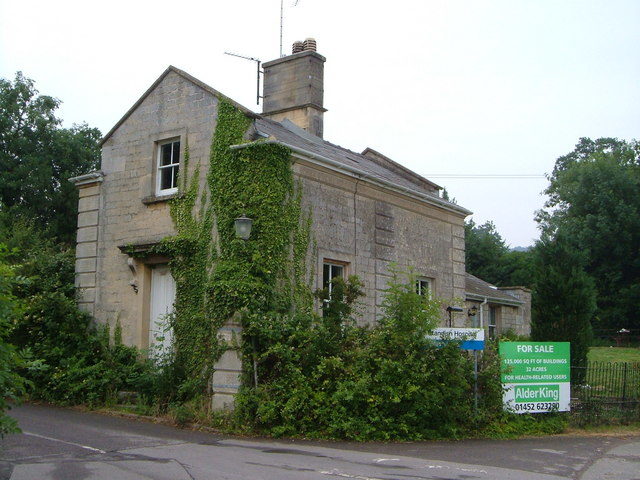
After many years of happy family life, Lawrencina died in 1882 and the rest of the members of the family grew up and moved out. Richard himself moved to Box House in Minchinhampton. Here he died on the 1 January 1892.
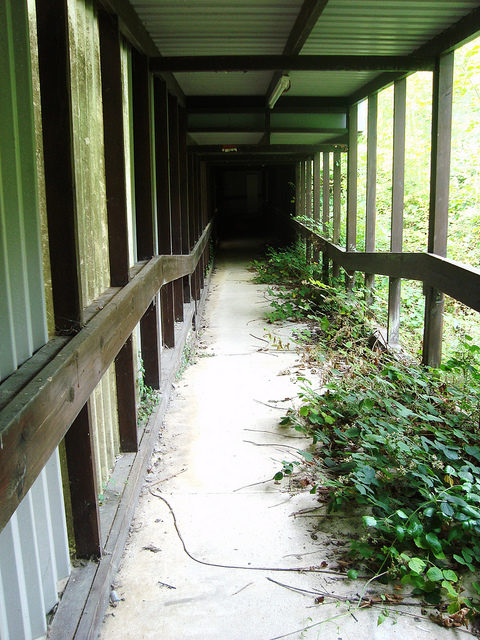
After Richard’s death, the house was passed to Edward Dutton, 4th Baron Sherborne. On 24 June 1884, he leased Standish House to the widow Mrs. Annie Poole King of Kensington House, Brislington, Somerset, on a contract term of 21 years.
And so Mrs. Annie Poole moved in with five children plus the coachman, cook, housekeeper, and of course, understandably enough a gardener. Also, during this period, the house had a stable block with a capacity of housing more than 30 horses.
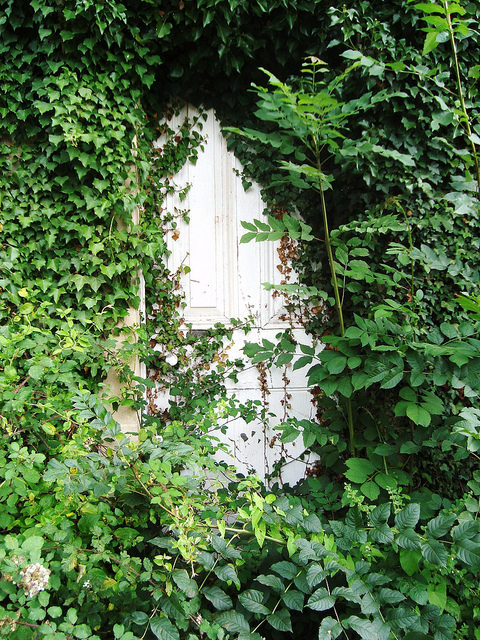
Unfortunately for Mrs Poole, the income she received from her husband’s investments was to reduce dramatically when global shipping rates, particularly the rand, fell rapidly due to the outbreak of the Boer War. She was forced to leave the house in 1897 and moved to Newark Park at Ozleworth, Wotton-under-Edge.
After the First World War, Gloucestershire County Council bought Standish Park from Lord Sherbourne with the intention to develop a new hospital. Standish Hospital was built on a part of the land and the remainder was sold in small pieces as smallholdings. The new hospital was immediately given over to the British Red Cross on it’s completion and was pressed into service as a military hospital. After 1920 this place was turned into a sanatorium to treat tuberculosis.
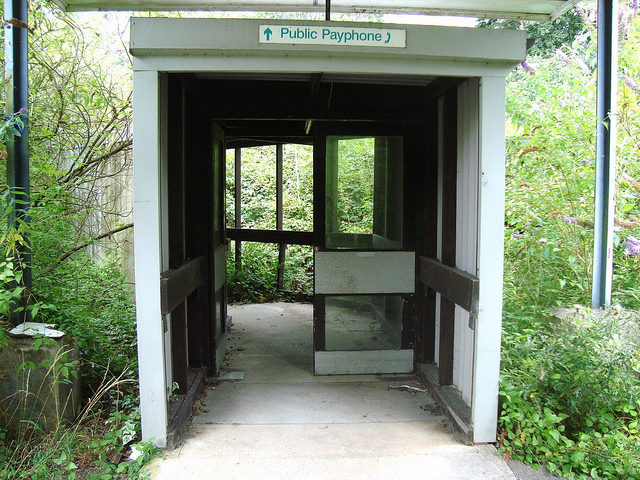
At the time of the Second World War, it became a US Army medical facility. It was during this time period that the hospital began to specialize in orthopedics, rheumatology and respiratory care. In this role, the hospital was capable to care of the miners from the Forest Of Dean who had serious respiratory problems.
After some uncontrolled spending by the Gloucestershire Hospitals Trust, the minister of Health had no choice but to close the hospital in 2004.
